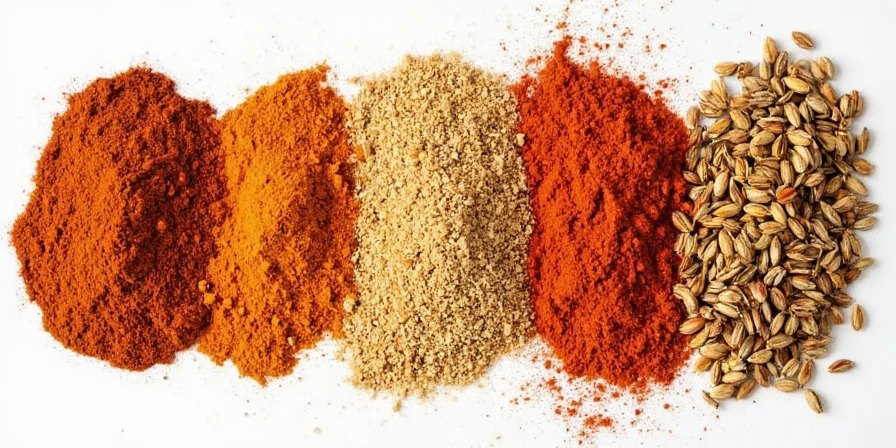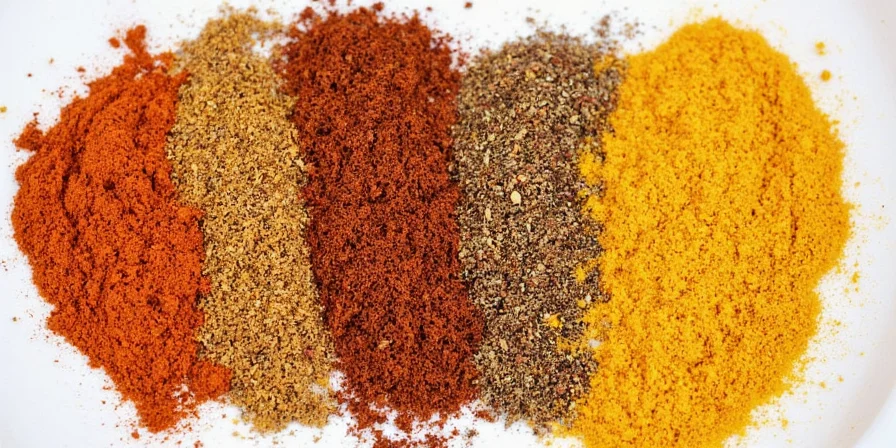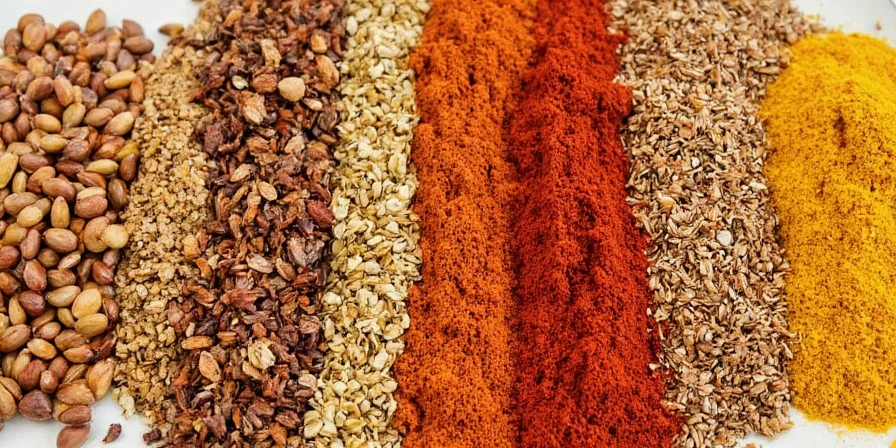5 Essential Spices That Transform West African Meals from Bland to Bold!
If you’ve ever tasted a steaming plate of jollof rice, spicy groundnut soup, or the fiery suya skewers, you know that West African cuisine is all about flavor. But what’s really behind those bold tastes? Spoiler alert: it’s not just the ingredients—it's the spices!
In this article, we’ll uncover the secret weapons in every West African kitchen—the five must-have spices that bring warmth, depth, and a serious punch to your meals. Whether you’re a seasoned chef or a curious home cook, these spice tips will level up your culinary game and make your taste buds do the happy dance.
Table of Contents
- Why Spices Are the Soul of West African Meals
- The Spice Powerhouse: 5 Must-Have Flavors
- How to Use These Spices Like a Pro
- Spice Storage Tips to Keep Them Fresh & Flavorful
- Quick Reference Chart: Spices vs. Their Signature Dishes
- Conclusion
Why Spices Are the Soul of West African Meals
West Africa isn’t just known for its vibrant cultures and rich histories—it’s also home to some of the most flavor-packed cuisines in the world. Unlike many other global cuisines that rely heavily on sauces or marinades, West African dishes draw their identity directly from the unique blends of spices used.
These spices aren’t just for flavor—they often carry cultural significance, historical trade value, and even medicinal properties. From the bustling markets of Lagos to the family kitchens in Accra, each region has its own twist on how to use them. Let’s dive into the top five spices that make West African meals unforgettable.

The Spice Powerhouse: 5 Must-Have Flavors
- Scotch Bonnet Peppers: The fire starter of West African cooking. These aren’t just spicy—they’re fruity, smoky, and add a whole dimension of flavor.
- Crayfish (Dried): Not a spice in the traditional sense, but essential for adding umami-rich depth to soups like egusi and banga soup.
- Grains of Selim (Kani) : Also known as Guinea pepper or alligator pepper, it brings a peppery, camphor-like aroma that’s unmistakable in stews like light soup or palava sauce.
- Dawadawa (Locust Bean): A fermented condiment with a pungent, cheese-like aroma. It adds richness and savory notes to soups and porridge dishes.
- Paprika (Sweet or Smoked): Adds color and mild sweetness. Used in everything from jollof rice to grilled meats.

How to Use These Spices Like a Pro
Just having the spices isn’t enough—you need to know how to wield them! Here are pro-level tips to get the best out of your West African pantry staples:
- Toast Your Spices: Before grinding or adding to a dish, toast seeds like grains of selim in a dry pan to unlock more aroma.
- Bloom in Oil: Sautéing dried spices like paprika in oil before adding liquids helps release their full flavor potential.
- Control the Heat: Scotch bonnet can be extremely hot. For milder flavor, remove the seeds or use less. If you want extra heat, leave them in or even crush the pods slightly.
- Use Crayfish Sparingly: A little goes a long way. Grind dried crayfish into powder and add it at the end of cooking to preserve its flavor.
- Balance Dawadawa with Other Ingredients: Its strong smell can be overpowering if overused. Pair it with onions, tomatoes, or leafy greens to balance the flavors.

Spice Storage Tips to Keep Them Fresh & Flavorful
You wouldn’t buy fresh fish and leave it out for days—same logic applies to spices! Here’s how to keep your West African spice stash in peak condition:
- Air-Tight Containers: Store all ground and dried spices in sealed glass jars away from heat and light.
- Buy Whole When Possible: Whole spices like grains of selim last longer than pre-ground ones. Invest in a small grinder and grind as needed.
- Freeze Dried Peppers: Scotch bonnets can be stored in the freezer for months without losing potency. Just pull out what you need when you need it.
- Label Everything: Especially if you mix your own spice blends, labeling with dates ensures you always know what’s in your jar.
- Avoid Moisture: Never dip a wet spoon into your spice jars. This introduces moisture and can lead to mold or clumping.

Quick Reference Chart: Spices vs. Their Signature Dishes
| Spice | Signature Dish | Key Role | Alternative Substitution |
|---|---|---|---|
| Scotch Bonnet | Jollof Rice, Pepper Soup | Adds heat & fruity undertones | Habanero (use sparingly) |
| Grains of Selim | Light Soup, Palava Sauce | Earthy, floral backbone | Allspice + black pepper |
| Dawadawa | Efo Riro, Akara | Savory, cheesy depth | Anchovy paste or Marmite (very little) |
| Crayfish | Egusi Soup, Banga Soup | Umami boost, seafood essence | Shrimp powder or fish sauce |
| Paprika | Jollof Rice, Shaku Shaku | Color, mild sweetness | Smoked paprika or tomato paste |
Conclusion
West African meals are a celebration of life, culture, and community—and nowhere is that energy more evident than in the kitchen. The magic lies in the spices that turn simple ingredients into soul-warming feasts.
By understanding and using these five essential spices—Scotch Bonnet, Grains of Selim, Crayfish, Dawadawa, and Paprika—you're not just cooking; you're honoring centuries of tradition and storytelling through flavor.
So, next time you’re planning dinner, reach for those spice jars with confidence. With the right blend and a bit of flair, your kitchen can become a West African food hotspot—one delicious bite at a time.











 浙公网安备
33010002000092号
浙公网安备
33010002000092号 浙B2-20120091-4
浙B2-20120091-4